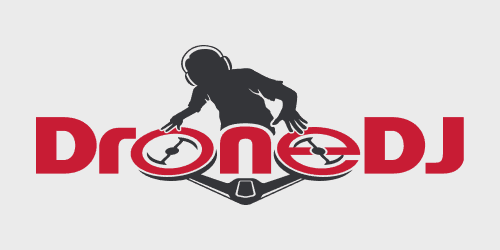
With the Biden administration sounding serious about weening the US off fossil fuel consumption, the rapid development of sustainable energy production is becoming a major industrial challenge – and giant business opportunity. One Richmond, California-based company is looking to embrace both of those with a fully electric autonomous underwater vehicle (AUV) that can radically speed seafloor mapping necessary to construct offshore wind turbines.
Electric AUV can cut seafloor mapping mission time by 10
Marine drone startup Bedrock is confident its electronic AUV can provide enormous help in the US sustainable energy push by slashing the time needed for mapping to enable wind turbine construction. “Slashing” in this case meaning up to 10 times less. Bedrock’s small submarines can travel up to 56 miles off shore, and function at up to 1,000 feet under water. Those specs easily fall within the maximum 160-foot depths to which current offshore wind farm foundations are limited. In addition to faster work, meanwhile, the wide array of sensors each of the underwater craft carries allow them to collect fuller, deep data at reduced mapping costs.
“Current ocean mapping techniques are ship-based, usually constrained to the surface, and are time consuming, which makes them expensive and harmful to the environment,” Anthony DiMare, cofounder and CEO of Bedrock tells the excellent sustainability feature site TreeHugger. “Bedrock drastically reduces the time associated with mapping and data collection, and improves efficiency through leveraging AUVs and a cloud-based method of data management. Our new mapping and data collection techniques will help support an explosion in offshore wind energy projects, helping to make ambitious government carbon neutral goals a reality.”
If Bedrock’s electric AUV can pull off that seafloor mapping magic as a part of speeding wind turbine construction, it could wind up having monumental consequences on the future of US sustainable energy development. Consider the stakes involved.
Last May, the Biden administration announced vast plans to expand offshore wind energy production by building new platforms around Pacific, Atlantic, and Gulf coasts. That project seeks to generate 30,000 megawatts of additional, clean power that will, in part, come from 2,000 additional offshore wind turbines to be built by 2030. That’s going to require a great deal of pre-construction surveying of global ocean floors, only 20% of which have been mapped so far. That leaves a lot of underwater ground to scan, and not a lot of time to do it in.
Electric sub offers advanced tech speed, and remains attentive to surrounding marine environment
Bedrock wants to help the US meet that 2030 deadline by accelerating current data collection and processing procedures that can take up to a year to complete. To do that, its electric AUVs transmit seafloor mapping data directly to a cloud-based server. The platform is accessible to Bedrock clients, who can begin working with the information immediately, and from anywhere in the world it’s being beamed from.
“Offshore wind projects usually require anywhere from 3-6 surveys before construction can even begin,” DiMare told TreeHugger. “With Bedrock’s survey AUVs that time is dramatically reduced, sometimes by up to a factor of 10.
Given the environmental objectives of the drive toward greater energy sustainability, Bedrock has also thought of how to do its work with minimal risk posed to marine life. Its electric AUV only advance at between 2.4 and 3.5 mph, thereby decreasing the risks of colliding with sea creatures or other marine life as they go about their seafloor mapping missions. They also use small sonar sensors kept as close to the bottom as safety allows, and operate those at frequencies proven non-harmful to ocean life.
FTC: We use income earning auto affiliate links. More.

Comments